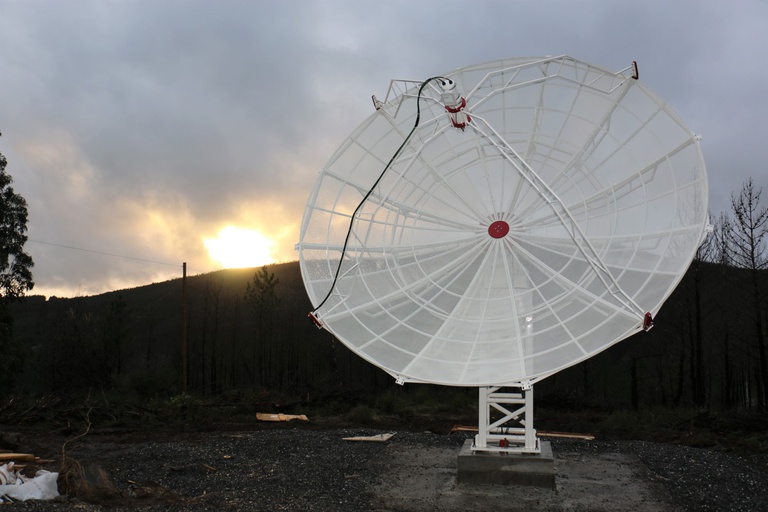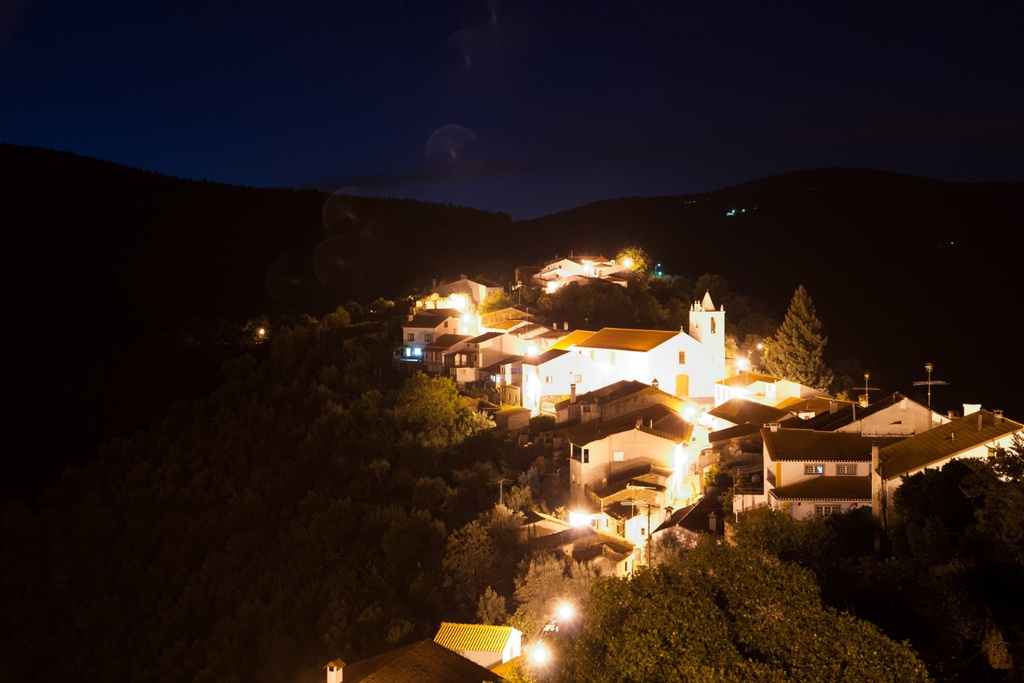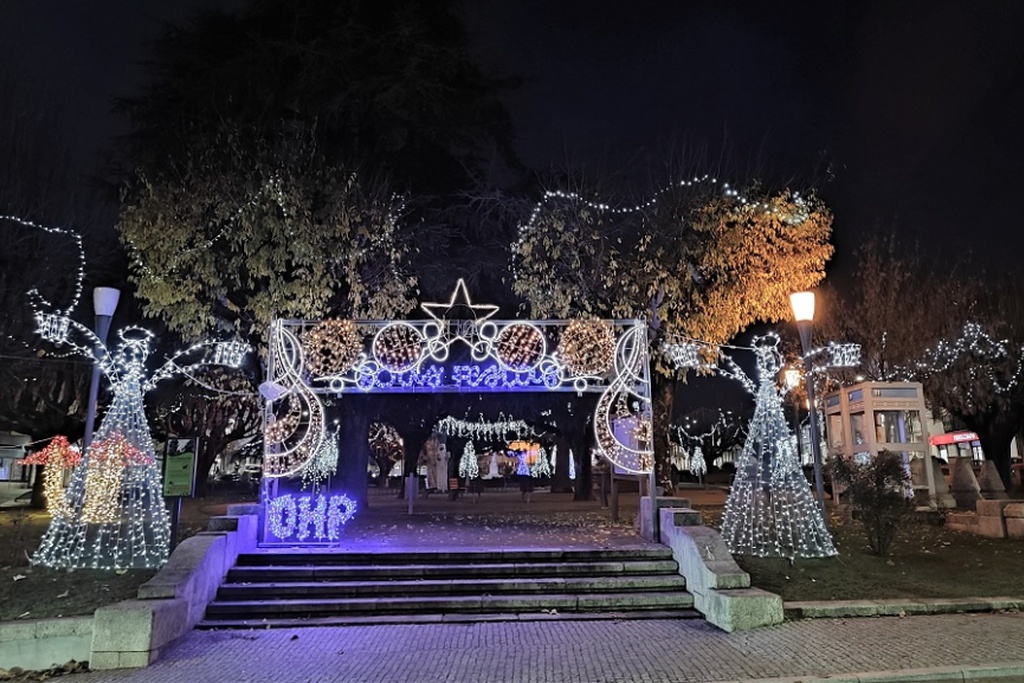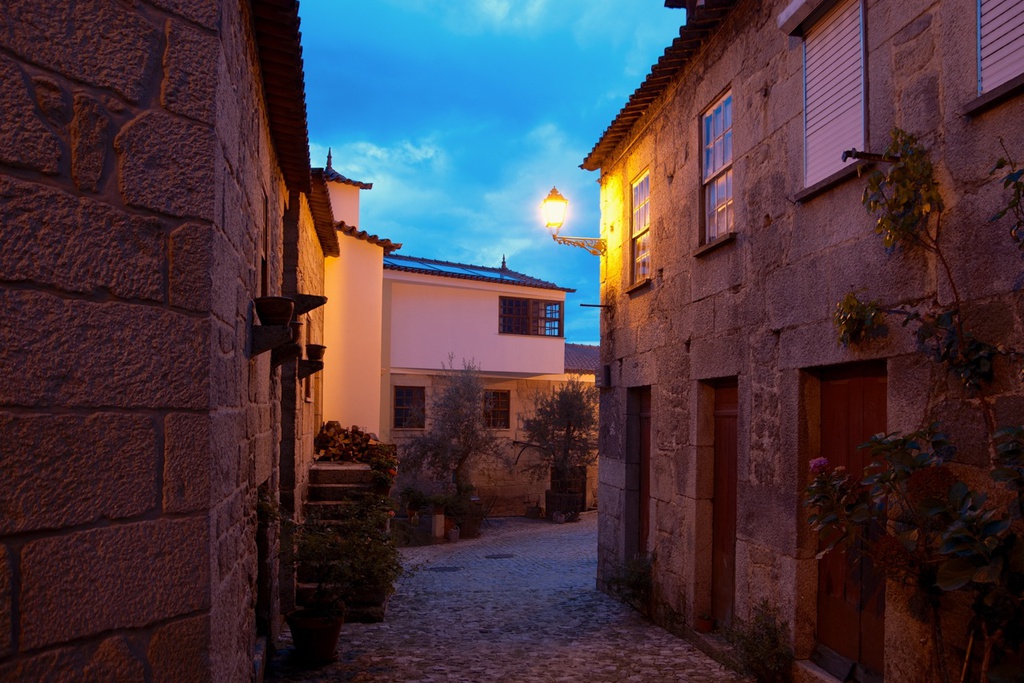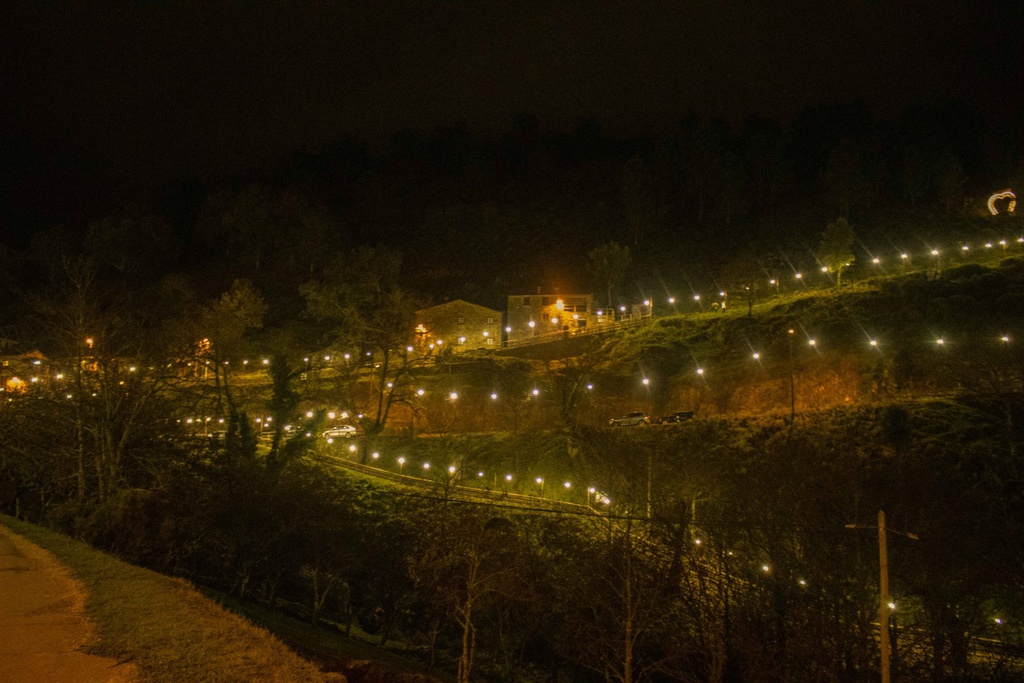The Porto da Balsa Radio Astronomy Station, in Pampilhosa da Serra, has received the ATLAS radio telescope, a model that allows remote control from various points in the world.
The installation of the device was carried out by the Italian company Radio2Space/PrimaLuce Lab, in partnership with professors from the Telecommunications Institute of Aveiro and the University of Porto’s Faculty of Sciences, Miguel Bergano, Domingos Barbosa and Dalmiro Maia.
On 28 November, after three days of construction, the "First Light" was performed, the first detection event, which attested to the device's functionality with the detection of Cassiopeia A, a supernova remnant located in the Cassiopeia constellation.
ATLAS, prepared to record all signals coming from space, consists of an antenna five metres in diameter and makes professional radio astronomy accessible to all, from universities, science institutes, scientific museums, and space agencies.
Unlike most optical telescopes, ATLAS, “also works during the day", Dalmiro Maia assured, and was placed in the radio astronomy station in Porto da Balsa, adding that "a place where there is very little radio interference" is a fundamental specification for its efficient use.
The Porto da Balsa radio astronomy station now has two telescopes. ATLAS thus joins another nine-metre diameter radio telescope being used by the Aveiro Telecommunications Institute for space science research and development. This radio telescope antenna, inaugurated in 2009, aims to determine the concentration distribution of radio signals as well as carry out Earth–Moon–Earth communication (EME) and measure space debris in low orbit.
Tourist demand for this type of facility, Dalmiro Maia insists, has a growth potential. "The little telescope can be taken to many places, but these instruments make a difference in tourist demand because of how inviting the offer is, even allowing for hands on use by the public", concluded the university lecturer.
An idea that is in line with the objectives of Dark Sky Aldeias do Xisto, which introduces a new tourism strategy that goes beyond merely observing the sky to becoming a commitment that aligns tourist development with social and environmental sustainability. Pampilhosa da Serra is one of the local authorities covered by the project, which was awarded the international Starlight Tourist Destination certification, accredited by Starlight Foundation. Alongside the excellent conditions of visibility, transparency, and darkness of the sky, this accreditation also attests to the commitment of public, private, and scientific bodies, and the readiness and quality of tourist services, augmented by the genuine interest of the resident community.


